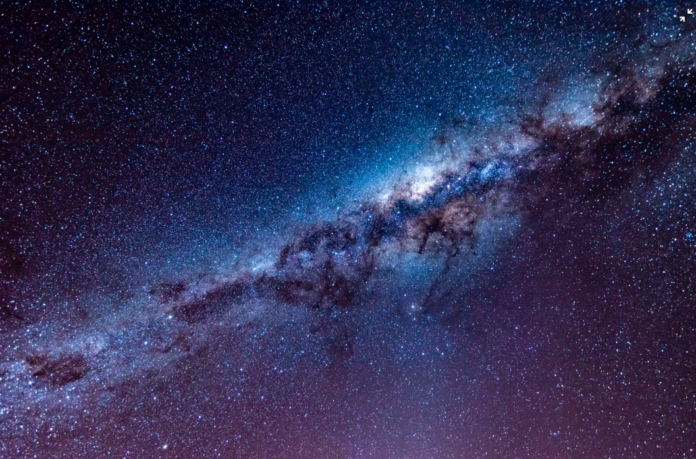For many years, astrophysicists have speculated as to the origin of the radiation which is emitted from those sites hosting black holes and neutron stars. The most common belief is that this radiation is generated by fast-moving electrons, but the process behind this acceleration still remains unknown.
Researchers at Columbia University have developed a new theory. They believe that the energization of these particles is due to the interaction between the turbulence and reconnection of intense magnetic fields. “Turbulence and magnetic reconnection – a process in which magnetic field lines tear and rapidly reconnect – conspire together to accelerate particles, boosting them to velocities that approach the speed of light,” said astrophysicist and first author on the study, Luca Comisso.
He also explained how the areas in which black holes and neutron stars are located are filled with bundles of hot gas. This hot gas is what’s responsible for dragging the magnetic field lines in which to drive a reconnection. “It is thanks to the electric field induced by reconnection and turbulence that particles are accelerated to the most extreme energies, much higher than in the most powerful accelerators on Earth, like the Large Hadron Collider at CERN,” he says.
One of the hardest things about studying turbulent gas is the mathematics of it. To try and overcome this issue, Comisso and his colleague Lorenzo Sironi, created a number of different super-computer simulations. They also used a technique called the particle-in-cell method to calculate the trajectory of billions of charged particles that determine the size of the electromagnetic fields. And it’s these fields that enable the particles to move.
From the simulations, Comisson and Sironi concluded that reconnection is the key mechanism in selecting particles to accelerate in the magnetic fields. They also discovered that particles gained the majority of their energy by resonating off the turbulence fluctuations. The stronger the magnetic field, the faster the acceleration. Strong fields are also responsible for forcing the particles to move along a certain path, emitting electromagnetic radiation as they go. “This is indeed the radiation emitted around black holes and neutron stars that make them shine, a phenomenon we can observe on Earth,” said Sironi.
The next move for the two researchers is to continue with their observations, but this time will compare their predictions with the Crab Nebula’s electromagnetic spectrum.

